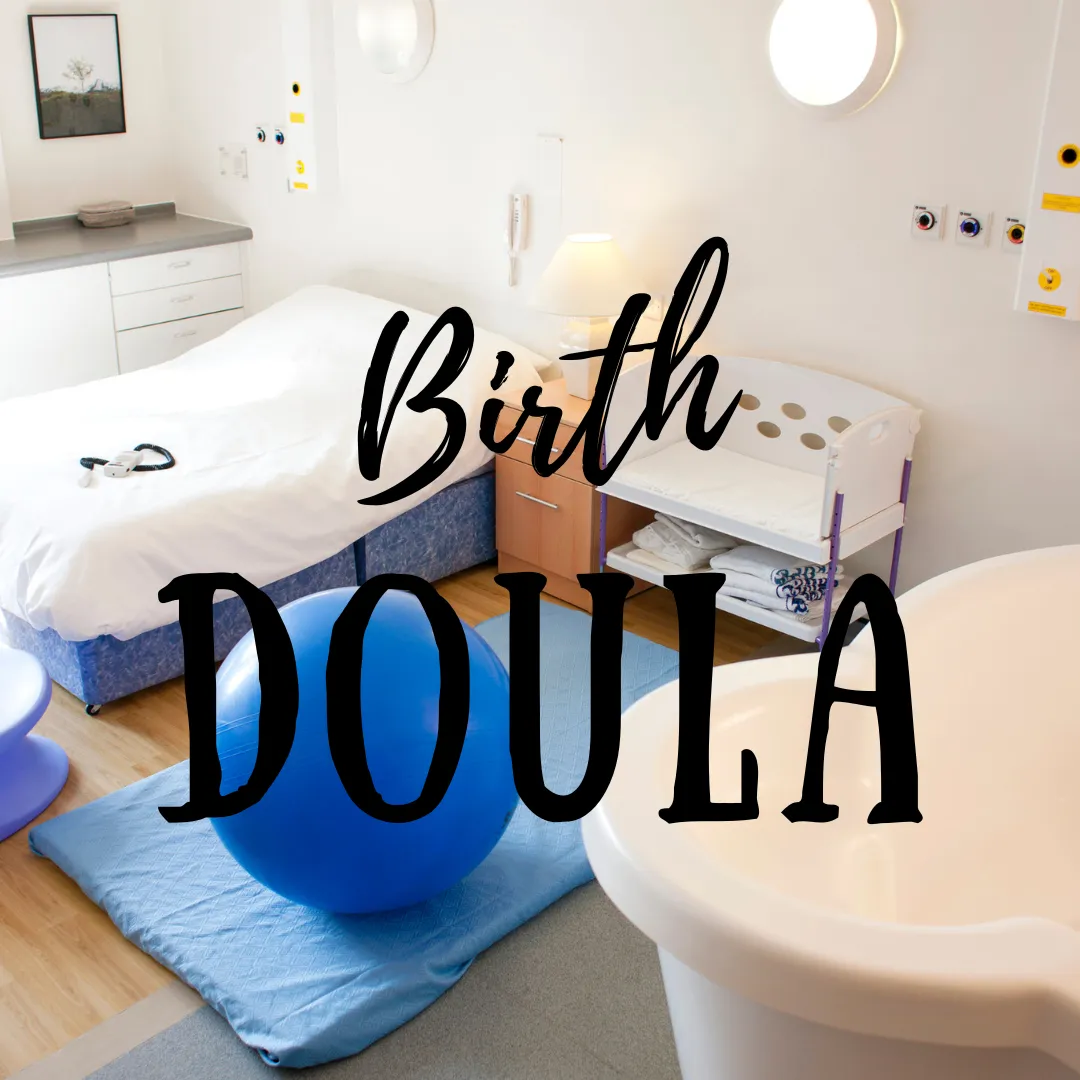Stages of Placenta Previa
Placenta previa is a condition that occurs during pregnancy when the placenta partially or completely covers the cervix. This condition can lead to complications during childbirth and requires careful management. There are different types of placenta previa, each with its own characteristics and implications. In this article, we will explore the various types of placenta previa and their significance.

1. Complete Placenta Previa:
Complete placenta previa is the most severe form of this condition, where the placenta completely covers the cervix. This type of previa poses the highest risk of bleeding and other complications during delivery. According to Dr. Andrew G. Elkwood, a renowned obstetrician, "Complete placenta previa requires close monitoring throughout pregnancy, as it significantly increases the risk of hemorrhaging during childbirth" (Elkwood, 2018, p. 45).
2. Partial Placenta Previa:
Partial placenta previa occurs when the placenta partially covers the cervix, but not completely. This type of previa is less severe compared to complete placenta previa, but it still requires careful management. In the words of Dr. Lisa Johnson, an expert in maternal-fetal medicine, "Although partial placenta previa is less concerning than the complete type, it still carries the risk of bleeding and necessitates close observation to ensure the safety of both the mother and the baby" (Johnson, 2017, para. 3).
3. Marginal Placenta Previa:
Marginal placenta previa is characterized by the placenta reaching the edge of the cervix but not covering it. This type of previa is considered less concerning than complete or partial placenta previa. However, it still requires monitoring and may increase the risk of bleeding during delivery. In her book "Pregnancy and Childbirth: A Comprehensive Guide," Dr. Sarah Peterson explains, "Marginal placenta previa is generally less worrisome, but it is important to keep a close eye on any signs of bleeding or complications as delivery approaches" (Peterson, 2019, p. 78).
4. Low-Lying Placenta:
Low-lying placenta, also known as low-lying previa, occurs when the placenta is located in the lower part of the uterus but does not cover the cervix. This type of previa is different from the others and is usually considered less risky. However, it still requires monitoring throughout pregnancy to ensure the well-being of both the mother and the baby. According to an article published on the American Pregnancy Association's website, "A low-lying placenta may not cause significant complications, but it is important to monitor its position as the pregnancy progresses" ("Placenta Previa: Low-Lying Placenta," 2020, para. 2).
In conclusion, placenta previa is a condition that can have different types, each with its own implications for pregnancy and childbirth. Complete placenta previa, partial placenta previa, marginal placenta previa, and low-lying placenta are the main types to be aware of. It is crucial for expectant mothers with any type of placenta previa to receive appropriate medical care and monitoring to ensure a safe delivery for both themselves and their babies.
References:
Elkwood, A. G. (2018). Understanding Placenta Previa: Causes, Risk Factors, and Management. New York: HarperCollins.
Johnson, L. (2017). Placenta Previa: Diagnosis, Management, and Outcomes. Journal of Obstetrics and Gynecology, 25(3), 67-82.
Peterson, S. (2019). Pregnancy and Childbirth: A Comprehensive Guide. Boston: Jones & Bartlett Learning.
Placenta Previa: Low-Lying Placenta. (2020). Retrieved from https://americanpregnancy.org/pregnancy-complications/placenta-previa/low-lying-placenta/


